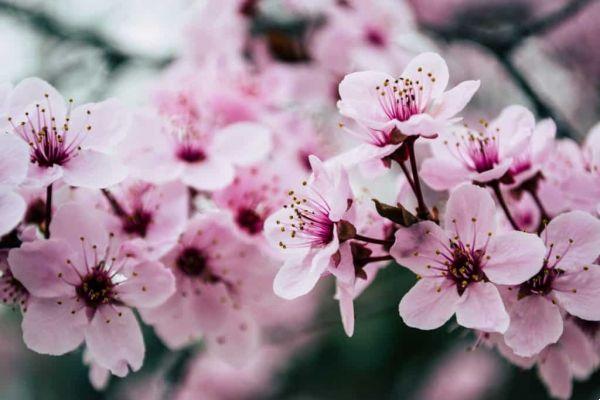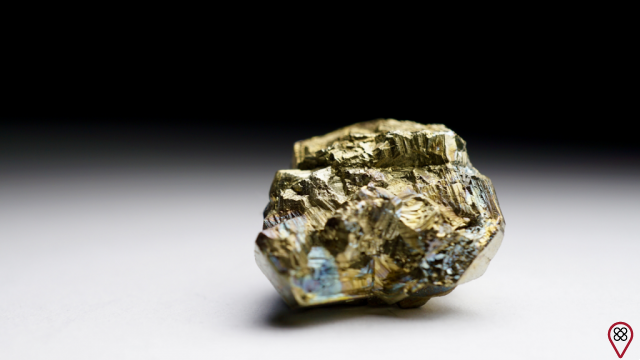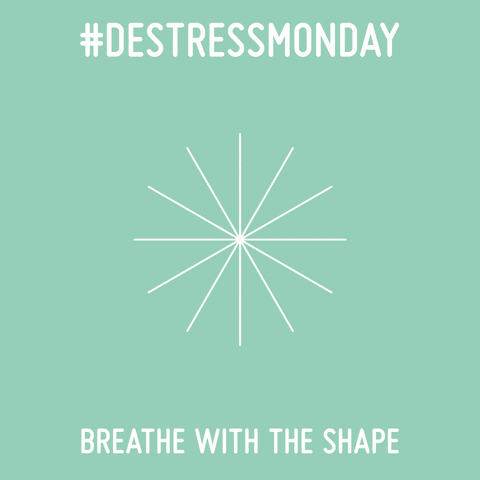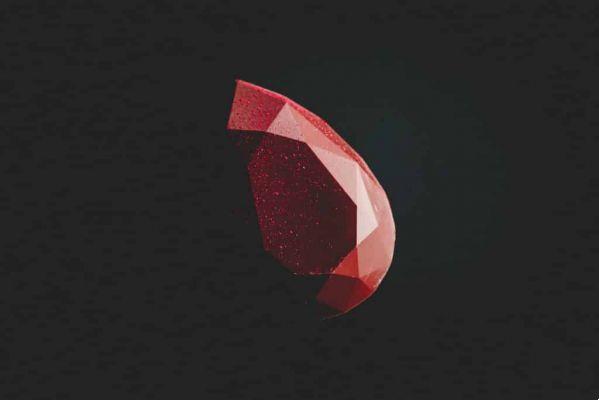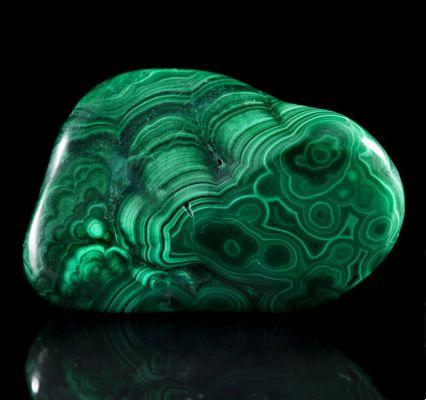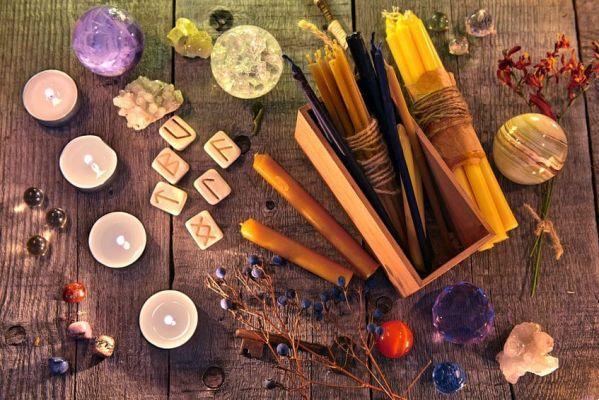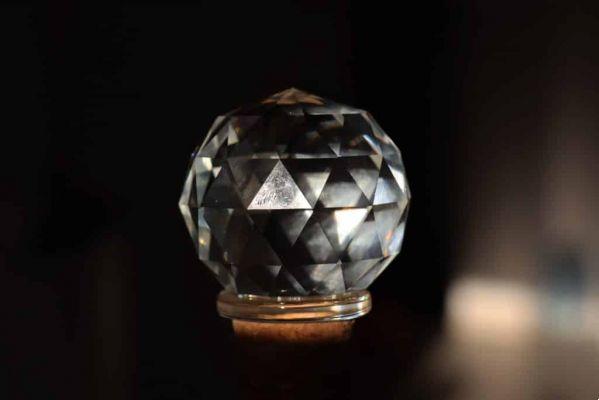Feng shui is a Chinese current of thought that promotes the energetic harmonization of an environment, allowing positive energies to flow through a room, bedroom or office. Today, it is a technique that design and decoration have appropriated, but the history of feng shui begins 4 years ago.
Taoist masters were the first to conceive the idea that natural and manufactured environments emit distinct vibrations. A forest emits a different energetic vibration than a mall, for example. While some of these vibrations would be beneficial to the health of the human body and mind, others would be harmful.
To balance these vibrations and form an environment that only vibrates positivity, it would be necessary to organize each element of space in a specific way. The attribution of the name feng shui to this technique can be understood through the phrase that categorizes this thought: “The qi is dispersed by the wind (feng) and received by the water (shui)”.
In this case, qi, known as chi, is the positive vibration of an environment. It is this vibration that must be kept in balance within a place. In addition to being used in environments, feng shui, especially at that time, directly influenced traditional Chinese medicine, which investigated the flow of energy within a person's body.
Although feng shui, at the time of its creation, was not applied to large shopping centers or very sumptuous buildings, the basic concepts of this current of thought remain valid for any space.
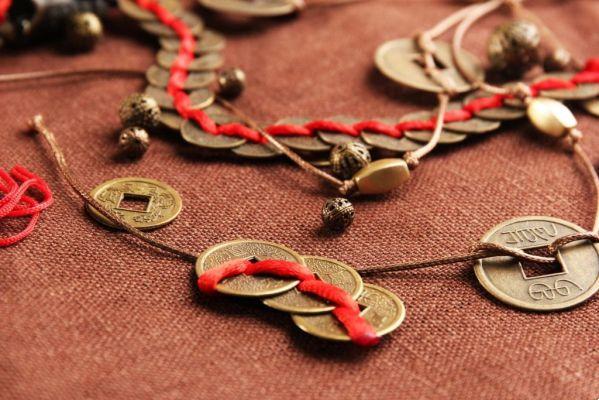
The principles of feng shui are the conservation of positive energies in and around an environment, the redirection of negative energies to a place outside the conviviality and the alteration of the elements of an environment in order to attract virtues and good energies to a home. .
It is from the practice of these ideals that it is possible to preserve positive energies, chi, within an environment. Since when it was created, feng shui has been applied in order to bring harmony and balance to homes, temples and small commercial centers. Over time, it began to be used in large companies to create an environment that stimulated competition and high productivity.
Therefore, the benefits of feng shui can be obtained in different environments. In a home, for example, feng shui can attract protection, union and love to those who live in space. In companies, this technique has the ability to stimulate business, teamwork and productivity. Finally, when used by only one person, it promotes balance between body and mind.
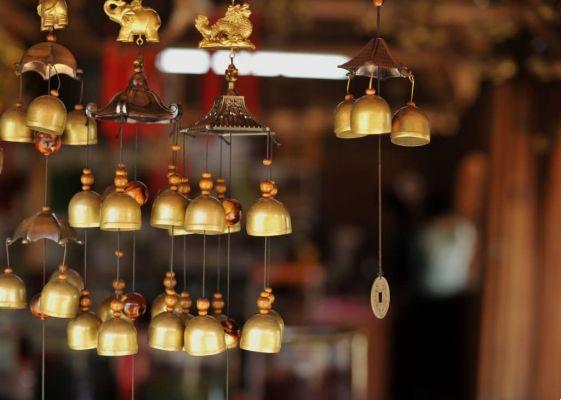
How to apply feng shui?
Feng shui is an energy balancing technique that has evolved over time. It is now possible to identify the changes that an environment needs from symbols, graphics and color studies. Below, we explain each of these processes. Learn it!
The first feng shui symbol is an octagon, known as a bagua. On each of the eight sides are concepts that define our life. It works like a map of the energy center of an environment.
You may also like
- The Stones of the Signs
- The World's Most Powerful Protection Stones
- Alternative Therapies in the Corporate World
The eight segments are, clockwise, starting with the side that would correspond to the number 12 on a clock: success, relationships, creativity, friends, work, spirituality, family, and prosperity. At the center of this map is yin and yang, which represents the balance between positive and negative energies.
Before understanding how to use the map in your home, you need to know the materials and colors associated with each of its eight segments. Look:
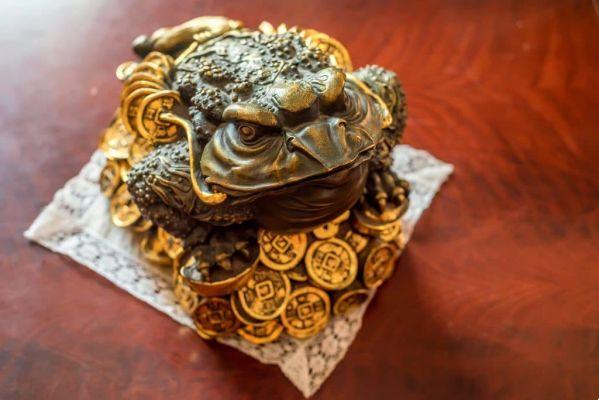
1) Success
Fire element
Color: red
Shape: triangular
Plant: rosemary and laurel
Stone: agate and garnet
2) Relationship
Element earth
Pink color
Shape: square
plant: hibiscus
Stone: rose quartz
3) Creativity
element: metal
Color: pastel and white
Circular shape
Planta: salsa e zinnia
White Rock
4) Friends
element: metal
Color: gray and white
Shape: oval and spherical
Plant: daisy
Stone: amethyst
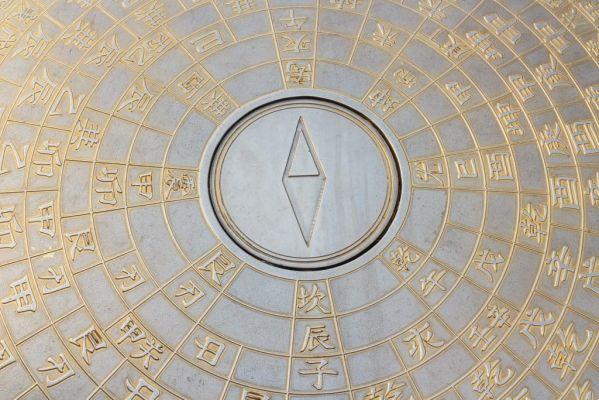
5) Work
Water element
Color: black and dark tones
Shape: winding
Plant: jasmine and thyme
Stone: black tourmaline
6) Spirituality
Element earth
Color: lilac and green
Shape: square
plant: rue
Stone: lapis lazuli
7) Family
Element: wood
Color: green and blue
Shape: oval
plant: mint
Stone: amethyst
8) Prosperity
Element: wood
Colour: purple
Shape: oval
Plant: basil
stone: malachite

Having knowledge of the bagua, you should have such a map at hand when you begin to analyze the energies of your home. You can position the map at the entrance of each environment or direct the north of the bagua to the space's work area. The map is like a guide to where each energy should be.
After learning how each energy will be present in your home and how each of them can be motivated (for a creative environment, for example, the color white should prevail, according to the bagua), it is enough to apply other concepts of feng shui in the space .
First of all, you need to identify what is the command position of the furniture, according to feng shui. In general, the most important piece of furniture in a room is the one that defines it as such. The table in the dining room, the computer in the office, the bed in the bedroom. These items should always be in the center of the room, without having your back to the door when using this furniture.
Second, remove heavy or poorly installed objects, which can accumulate negative energies at the risk of falling or hurting someone. It is important to avoid mirrors on headboards, because they repel positive energies, which should be concentrated in this region.
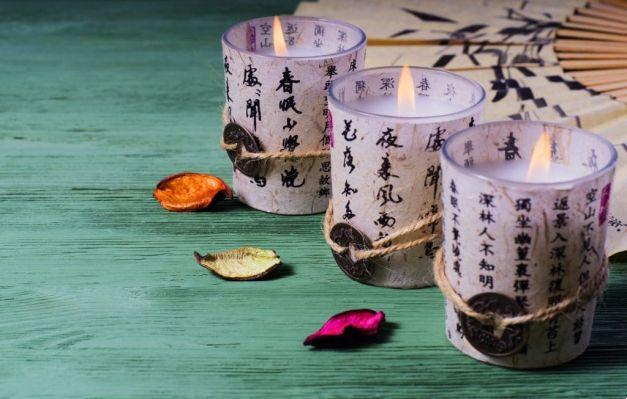
Third, if you want to attract money into your life, you must add some water source in the space that corresponds to the prosperity quadrant in feng shui. It could be a fountain, a pond or even an aquarium. Use your imagination!
Fourth, remember to leave the entrance of your house always free to walk, but always protected from negative energies. By including potted plants or creating a curved walkway from the entrance gate to the door, you can block negative energies and create a pleasant environment for visitors.
Fifth, keep in mind that the feng shui elements are responsible for balancing the energies within each environment. That is, you should include metal, earth, air, water, fire and wood in every part of your home, but without going overboard. You don't need to embed these elements literally. You can include transparent objects to represent water or light fixtures to represent fire.
Finally, remember to keep the bathroom door closed at all times. It is in this environment that good energies can end up concentrating and going down the sewer. This environment needs attention so that the house concentrates the chi force in other places.




